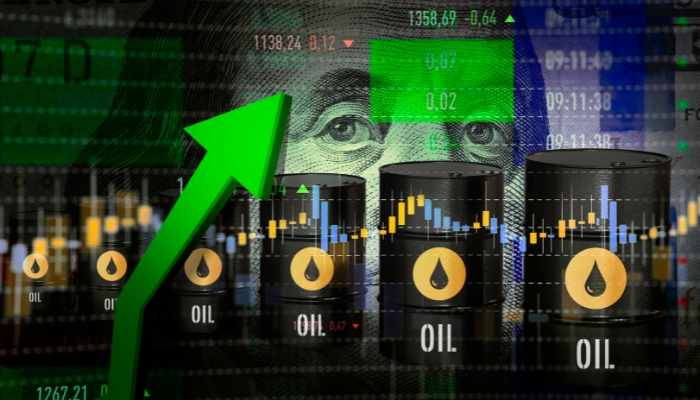Market Volatility Rises as Stocks Tumble Ahead
Anúncios
Investors experienced a rollercoaster ride on Thursday as stocks took a nosedive, erasing earlier gains amidst growing uncertainty. The Dow Jones Industrial Average plummeted 530 points, marking a 1.4% decline, while the S&P 500 and Nasdaq Composite also saw significant drops. This abrupt reversal follows a period of volatility, highlighting the fragility of market sentiment.
Market Inflation Concerns Intensify
Stubborn inflation remains a primary concern for investors, with the Personal Consumption Expenditures price index showing a faster-than-expected increase. This has raised doubts about the likelihood of an interest rate cut by the Federal Reserve, further exacerbating market jitters. The surge in long-term bond yields this week has added to the pressure on stocks, underscoring the delicate balance between inflationary pressures and monetary policy.

[su_button url=”https://www.capitalone.com/credit-cards/venture/” style=”flat” background=”#184ca1″ size=”15″ icon=”icon: credit-card-alt”]APPLY FOR A CAPITAL ONE VENTURE CARD[/su_button]
The Personal Consumption Expenditures (PCE) price index, the Federal Reserve’s preferred measure of inflation, rose 2.5% for the 12 months ending in February, surpassing economists’ expectations. This acceleration in inflation has fueled concerns among investors that the Federal Reserve may delay or forgo anticipated interest rate cuts, which were previously expected to combat inflationary pressures. The uptick in long-term bond yields, although slightly tempered on Thursday, continues to weigh on equities, as higher yields can erode the attractiveness of stocks relative to fixed-income investments.
Brent Schutte, chief investment officer at Northwestern Mutual Wealth Management, expressed skepticism about the Federal Reserve’s willingness to act swiftly in response to inflationary pressures. “Given the latest numbers, we remain skeptical that the Fed will move on rates by the beginning of summer,” he wrote in a recent note.
Hawkish Fed Commentary
The Federal Reserve’s recent commentary has added fuel to the fire, with several officials signaling a more hawkish stance on interest rates. Fed Chair Jerome Powell’s remarks emphasized that rate cuts are not imminent, echoing sentiments shared by other policymakers. This divergence from previous rate cut projections has contributed to heightened uncertainty among investors, fueling market volatility.
Federal Reserve officials, including Jerome Powell, have struck a more hawkish tone in recent weeks, indicating a reluctance to implement further interest rate cuts in the face of persistent inflationary pressures. Powell reiterated this stance during a speech at Stanford University on Wednesday, emphasizing the central bank’s commitment to monitoring economic data closely before making any policy adjustments. Cleveland Fed President Loretta Mester and Atlanta Fed President Raphael Bostic have also underscored the Fed’s cautious approach to monetary policy, suggesting that any rate cuts may be delayed until later in the year.
Rising Market Commodity Prices
Escalating geopolitical tensions in the Middle East have driven oil prices to a five-month high, compounded by production cuts from OPEC+. The surge in oil prices, coupled with a rise in gold prices, reflects investor concerns over supply disruptions and inflationary pressures. The complex interplay between geopolitical dynamics and economic fundamentals underscores the challenges facing investors in navigating volatile markets.

The price of US oil surged to a five-month high as escalating conflict in the Middle East stoked concerns about curtailed crude supply. Production cuts from OPEC+ added more upward pressure on prices, with West Texas Intermediate crude settling at $86.59 on Thursday. Similarly, gold prices have climbed this week, as investors seek out safe-haven assets amidst geopolitical uncertainty and inflationary pressures. Gold futures settled at $2308.50 a troy ounce on Wednesday, reflecting heightened investor demand for the precious metal.
Conclusion
As investors brace for the latest jobs report, the market landscape remains fraught with uncertainty. Persistent inflationary pressures, coupled with hawkish commentary from the Federal Reserve and rising commodity prices, have contributed to heightened volatility. Against this backdrop, investors are closely monitoring economic indicators and central bank policy decisions for clues about the future direction of markets. While uncertainty may persist in the near term, long-term investors are advised to remain focused on fundamentals and maintain a diversified portfolio to weather market fluctuations.
See also: Disney CEO Bob Iger Prevails Over Nelson Peltz’s
[su_button url=”https://www.capitalone.com/credit-cards/venture/” style=”flat” background=”#184ca1″ size=”15″ icon=”icon: credit-card-alt”]APPLY FOR A CAPITAL ONE VENTURE CARD[/su_button]






